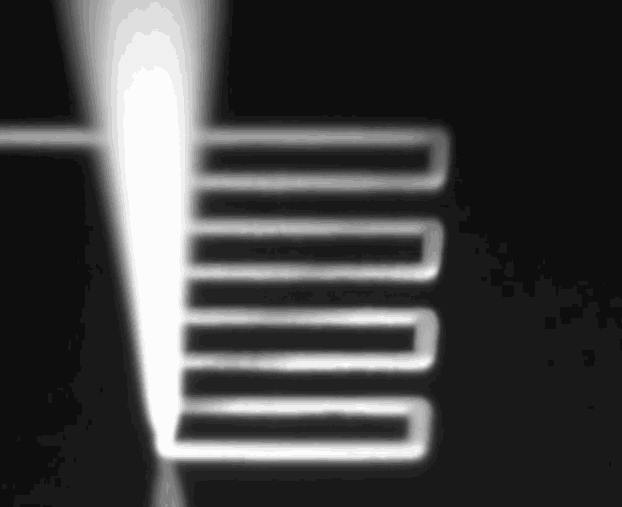Harvard scientists have managed to 3D-print 300mµ lithium-ion batteries – the size of grain of sand – that could possibly pave way for new era of micro-electronics.
The 3D-printed battery is thinner than that of a human hair and can be used to supply electricity to tiny robotic devices, medical implants as well as those devices that have been powerless for the want of such tiny batteries.
According to Jennifer Lewis, a materials scientist at Harvard, 3D-printing of the battery was possible thanks to two important developments. Lewis’ first invention is “what she calls functional inks that can solidify into batteries and simple components, including electrodes, wires, and antennas”, notes MIT Technology Review. Second is the development of nozzles and high-pressure extruders that are used to squeeze out the batteries and other components from the 3D-printer.
The ink used by Lewis is almost solid, but start flowing when a certain amount of pressure is applied. Using the nozzles and high-pressure extruders, the 3D-printer deposits the ink onto two gold combs thereby creating a stack of anodes and cathodes which is then packaged into a tiny container filled with electrolyte solution to complete the battery.
“Printing a battery from a single nozzle can take minutes, but Lewis’s custom 3-D printing technology can deposit inks from hundreds of nozzles at the same time”, notes Technology Review.
The team behind this battery is working on commercialization of the process and may in future build low-end printers for hobbyists.

